Topics
How to Grow Lamb's Ear Plants - A Sensory Garden Favorite
I’ll admit that at one time, lamb’s ear was the most neglected plant in my garden. But it grew anyway. Tucked between the rose bushes, it was a delightful contrast to the thorns. And the deer never bothered it. This hardy and velvety soft plant has grown on me, and you’ll love having it in your garden.

How to Plant and Grow Velvety Soft Lamb’s Ear Plants From Seed
Lamb’s Ear Plant
Lamb’s ear (Stachys byzantina) is a perennial herbaceous plant often grown as a ground cover. Its silvery gray woolly leaves have a velvety texture. The plant's silver-gray foliage and spiky purple flowers, which reach 12", add texture and contrast to the garden.
The leaves of the lamb’s ear plant are covered in trichomes, which are small hair-like structures. These trichomes give the leaves their soft feel and protect them. The soft “fur” protects the leaves from being eaten by deer and rabbits, too much sun, and evaporation.
As a drought-tolerant plant, lamb’s ear is an excellent choice for xeriscaping and rock gardens. Due to its tactile leaves, it's also a favorite in sensory and children’s gardens.
How to Plant Lamb’s Ear from Seed
Growing lamb’s ear from seeds is fairly simple to do. You can sow seeds indoors 6 to 8 weeks before the last frost date. This should give you enough time for the plants to have well-developed roots and leaves for transplanting outdoors once temperatures are above 60ºF.
When temperatures are warm enough, you can also sow lamb’s ear seeds directly outdoors. Make sure all danger of frost has passed.

Tips for fail-proof lamb’s ear seed germination
- Place seeds on moist seed starting mix.
- Barely cover with soil as lamb’s ear seeds need light to germinate.
- Place a grow light a few inches above the seeds.
- Soil temperature should be 60-70ºF.
- Lamb’s ear seeds can take 14 to 21 days to germinate.
- Harden off indoor seedlings before planting outdoors.

How to Maintain Lamb’s Ear Plants
Whether starting seeds indoors or direct sowing, lamb’s ear plants need the right conditions for healthy growth.
Space lamb’s ear plants 12 to 18 inches apart to give them room for the leaves to spread.
Mature plants can be divided in the spring. As they grow, the center dies out, and new growth spreads from the outer edges. Lamb’s ear plants need division every three to four years to maintain their vigor and prevent overcrowding.
Lamb’s ear plants do spread, but not aggressively. They can easily be trimmed back or pulled out to keep them contained.
In the summer, the plants will send up spikes with flowers. Some gardeners prefer to cut these off to preserve the plant's look and shape.
Sun
Lamb’s ear plants grow best in full sun. Their furry texture protects them from sunburn. In scorching weather, they can have afternoon shade.
Soil
Lamb’s ear can grow in a variety of soils but will rot if it is too wet. Average garden soil that drains well will result in healthy plants.

Fertilizing
You don’t have to worry about fertilizing these easy-going plants. However, you can top dress with compost in the spring to replenish the soil.
Watering
As a drought-tolerant plant, lamb’s ear plants don’t like too much water. In fact, consistently wet leaves can result in rotten foliage. This can be problematic in areas of high humidity. When watering, keep water on the ground and keep the leaves dry.
Lamb’s Ear Pests and Diseases
The soft, wooly lamb’s ear leaves are not attractive to deer or many pests. However, they are susceptible to leaf rot. Conditions that are too wet and humid will contribute to this problem. Also, soil that stays too wet can result in root rot.

Harvesting Lamb’s Ear
Leaves can be cut off for use in home remedies. Fresh leaves are often used as a natural bandage to absorb and stop bleeding.
Soft lamb’s ear leaves can also be used in crafts and dried arrangements. Although they are fragile when dry, they can be glued or attached.
When and how often you harvest will depend on what use you have for the plant.
Uses for Lamb’s Ear
Many gardeners are interested in lamb’s ear beyond its appearance. Traditionally, lamb’s ear has been used for external medicinal properties. Its soft, fuzzy texture lends itself to use as a wound dressing. It has been used as nature's bandage for centuries.
Lamb’s ear plant has antimicrobial, antiseptic, and astringent properties. The leaves are also used to soothe insect bites and minor skin irritation.
Lamb’s ear leaves are edible; sometimes, they are used to make a healing infusion or tea.
And if you ever need it, the soft leaves can even be used as toilet paper.

Lamb’s Ear FAQs
How long does it take lamb’s ear to grow from seed?
Lamb's ear seeds can germinate in 2 to 3 weeks. Then, it will take several more weeks for full-size leaves to develop.
Is lamb’s ear hard to grow?
Lamb’s ear is very easy to grow. It just needs full sun, water, and soil that drains well.
Where is the best place to plant lamb’s ear?
Lamb’s ear is a beautiful addition to all kinds of landscapes. Give it full sun and room to grow. Put it where you can easily access it to harvest a soft leaf. Xeriscape and sensory gardens are excellent places to plant lamb’s ear.
Lamb’s ear is a beautiful plant with unique leaves that add interest to the garden. You can grow it as an ornamental and a medicinal plant. It has a nice smell that is slightly fruity, like a crisp apple. Give this interesting ground cover, medicinal plant, and sensory delight a space in your garden.


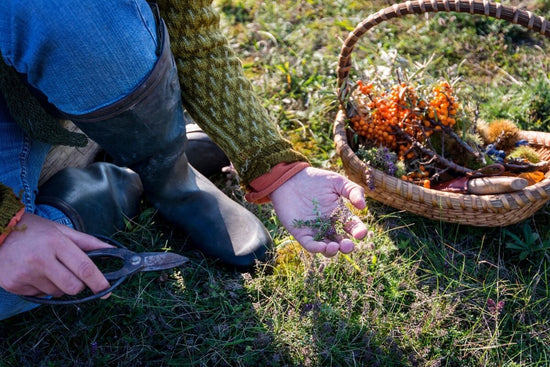
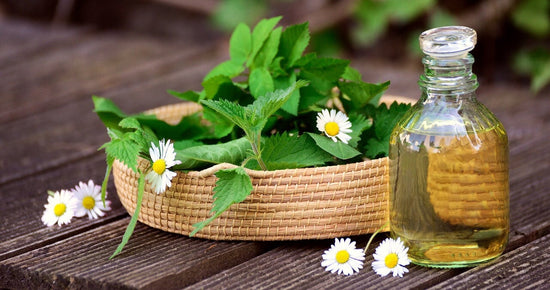
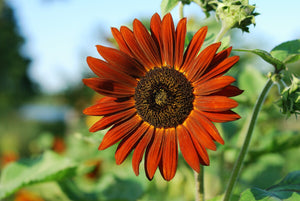
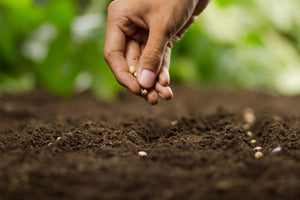
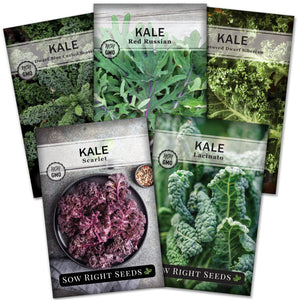
Leave a comment